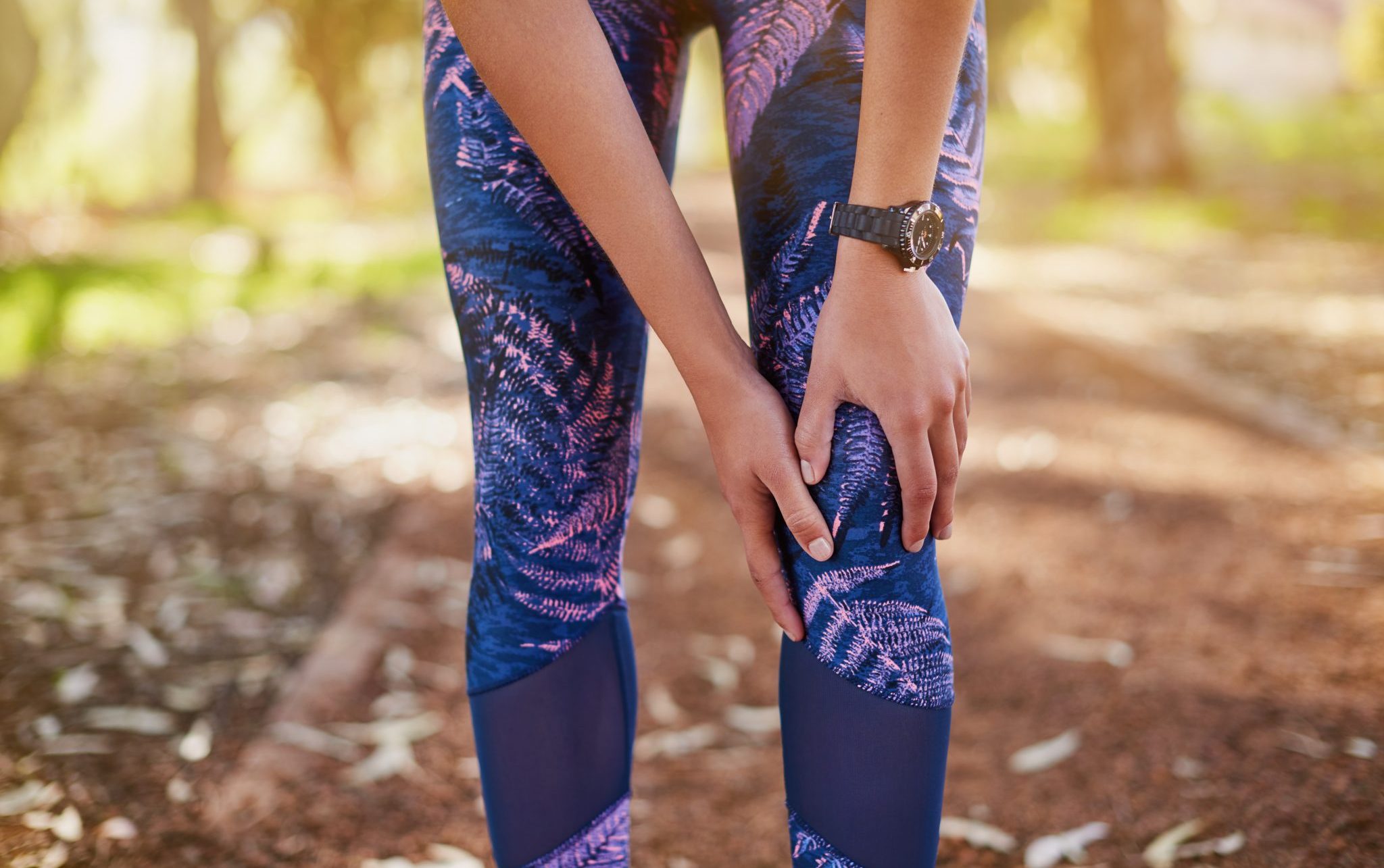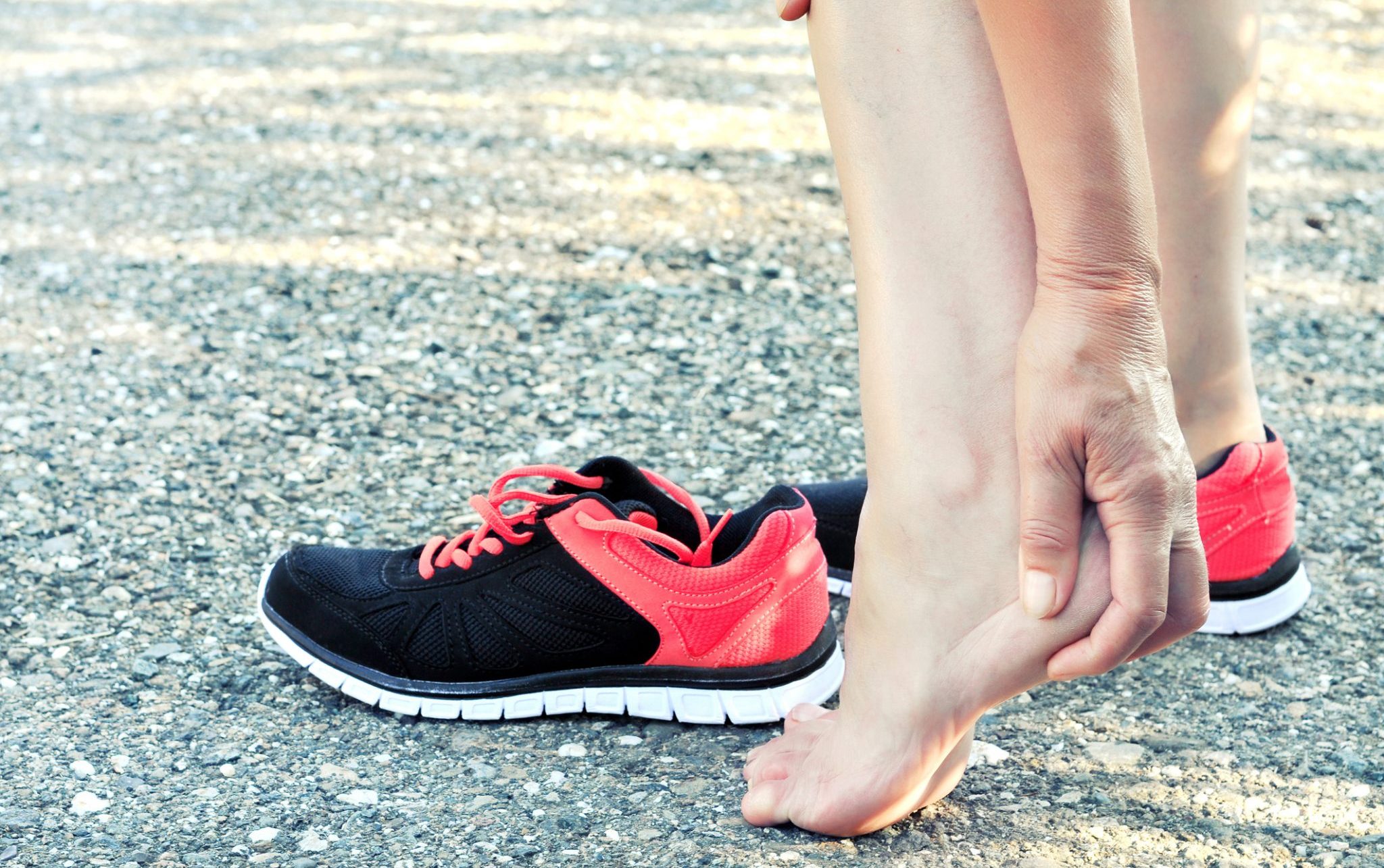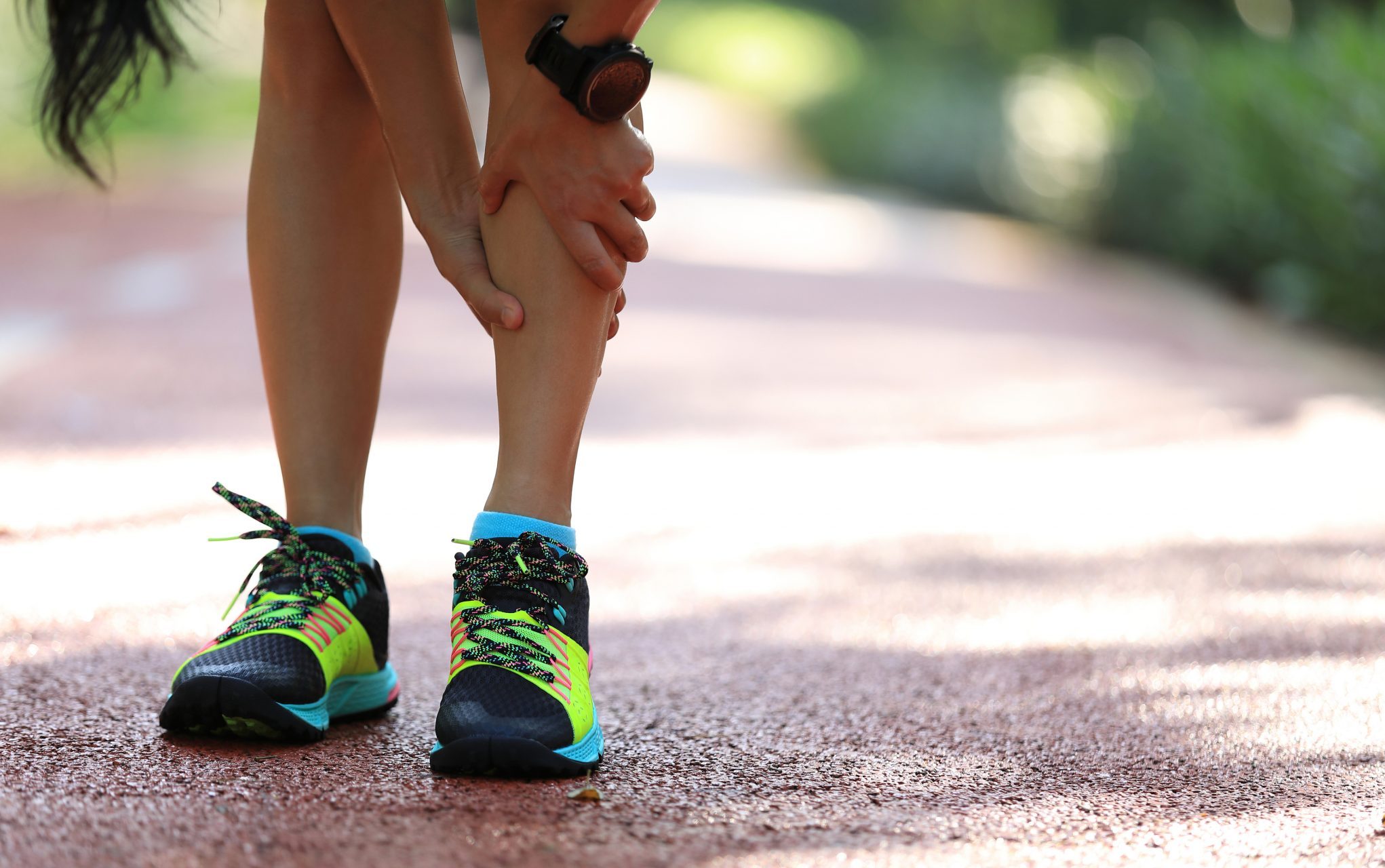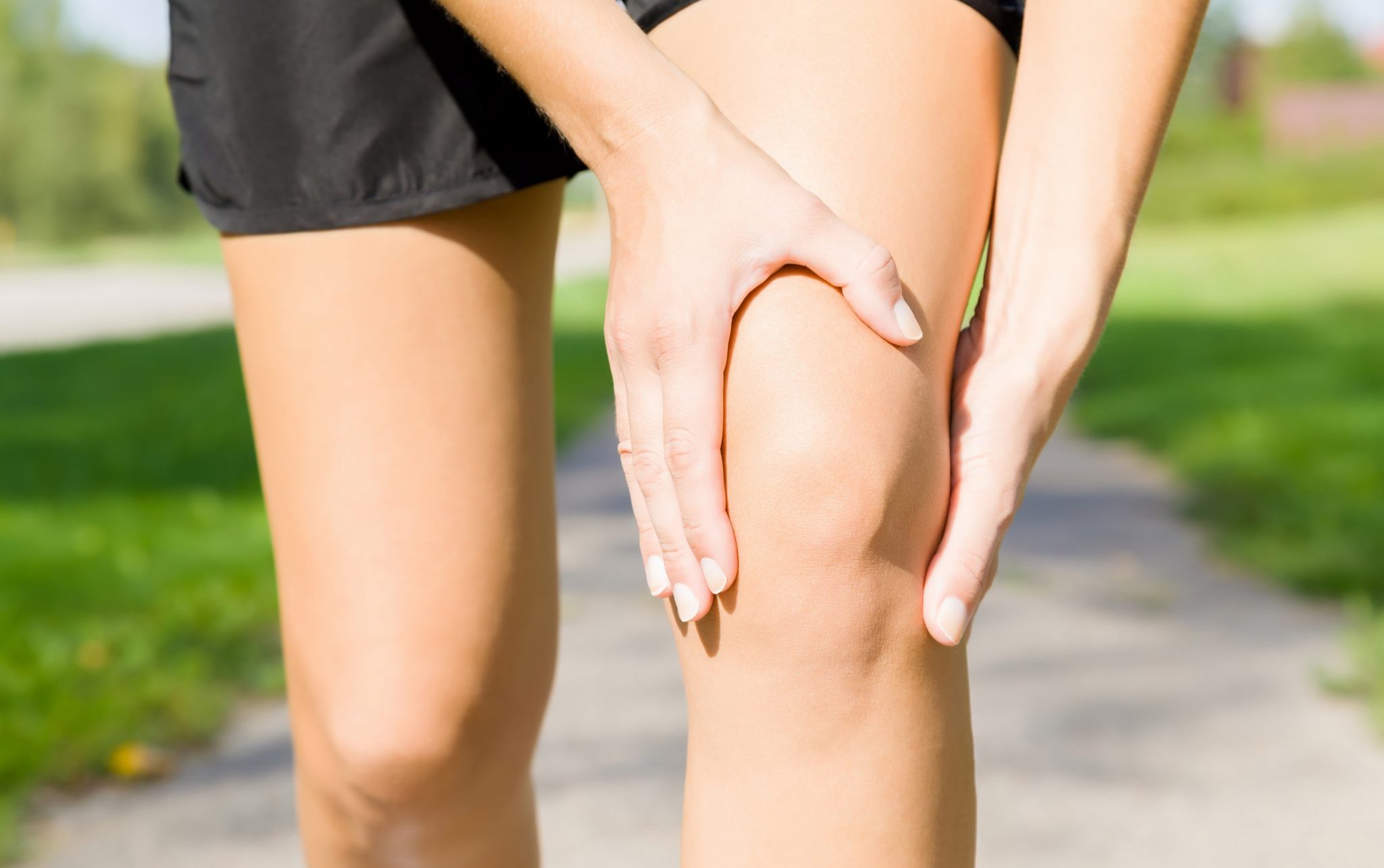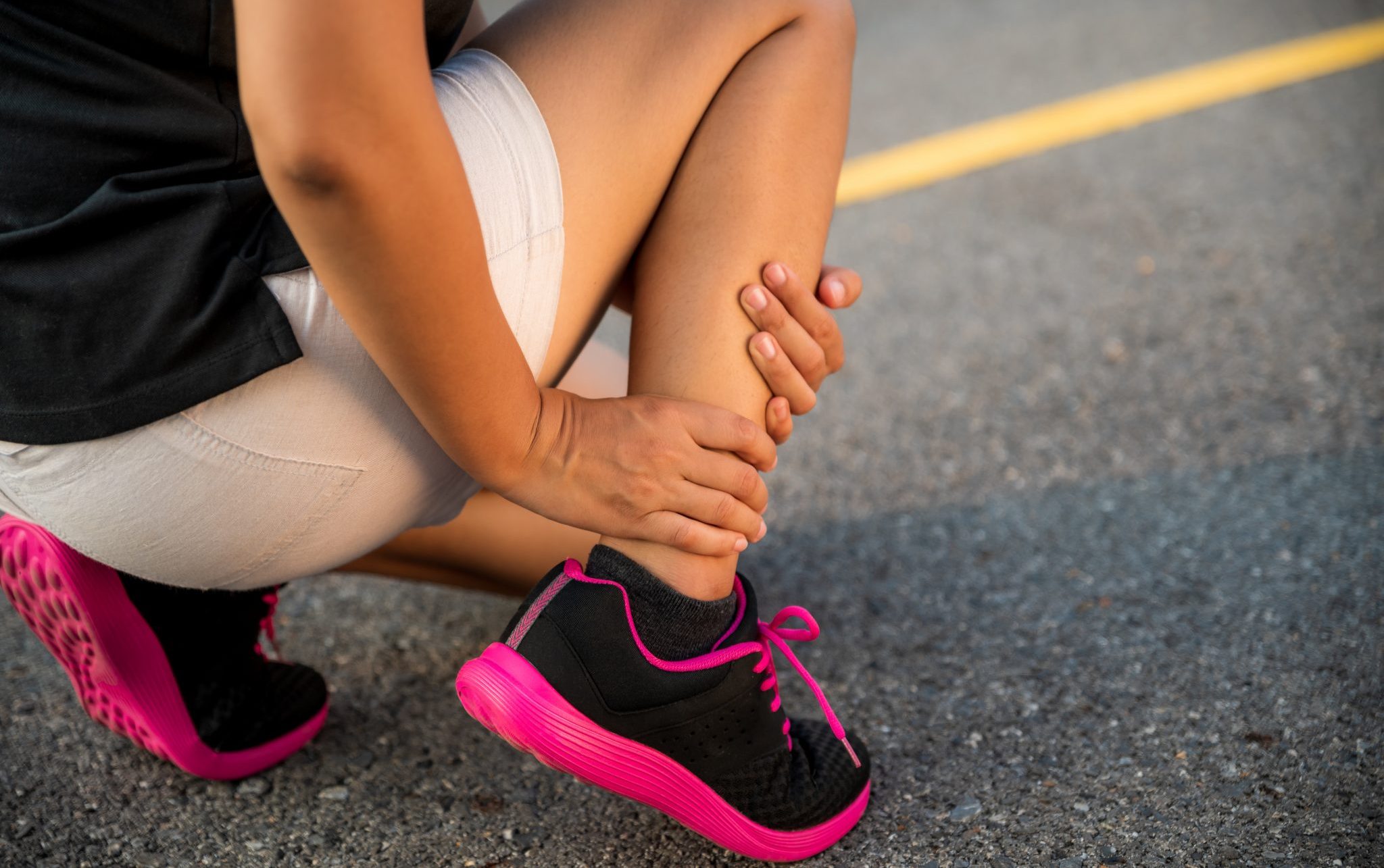Running is easily the most popular way to exercise and tone up. It’s fun, it’s accessible, it’s free! You don’t need a gym membership to get real serious about running. Frankly, all you need is a good pair of sneakers. Oh, and one more thing. If you love the idea of a perfect run and dream of hitting the finish line of the one-and-only Boston Marathon someday, you should learn about the most common running injuries and ways to prevent them.
Physical trauma doesn’t discriminate against the age of a runner or their fitness level. The most avid runners have the same chance of sustaining an injury as beginners if they use an incorrect running technique, neglect strength training or put a sudden strain on their workouts. Healing takes a lot of time and usually means taking some time off from running. Prevention is indeed better than cure, that’s why it’s best to be aware of the risks in order to know how to avoid them.
Types of running injuries
If your pain doesn’t gradually subside in all of the below cases, contact your physiotherapist or, in the absence of one, pay a visit to the department of physiotherapy in your local hospital.
1. Runner’s knee
Among all running-related injuries this one probably takes the cake as the most common. Other athletes may also experience pain around the kneecap, although runners are the most affected by this type of injury. It pops up when you least expect it due to one of these reasons:
- you overworked your knee muscles;
- you forgot to warm up before a run;
- you are a beginner but started out too aggressively.
The injury will get worse if you don’t give your swollen muscles a break and put your training on hold until full recovery. Otherwise, you run the risk of wearing out your kneecap and making the inflammation and pain around the knee much more intense.
2. Plantar fasciitis
Plantar fascia is the connective tissue that runs from your heel to the forefoot. When it’s irritated, it feels as if your foot is bruised, while, in reality, the pain comes from small tears and inflammation of the tendons and ligaments of the foot. It’s most stabbing in the early morning or after a long period of rest. Risk factors for this injury include:
- too much running on hard terrain;
- uncomfortable footwear;
- wearing high heels all the time;
- if you have been diagnosed with flat feet;
- obesity.
Treatment may take up to six months and usually includes rest, massage and stretching of calf muscles. Here you can find out more about the ways to relieve the symptoms of plantar fasciitis or avoid this injury in the future.
3. Hamstring strain
The muscles in between the hip and the knee are called hamstrings. You know something is wrong with them, if you experience constant pain or tightness in the back of your legs when you run which tones down a little if you go at a slower pace. Usually hamstring injuries are the result of:
- a rapid, as opposed to gradual, speed-up in the beginning of your training;
- a failure to strengthen glute and quad muscles;
- a skipped warm-up.
Hamstring strains or pulls are rather difficult to treat and recover from. If you fail to give them enough time to heal with the help of physiotherapy, you run the risk of repeated injury.
4. Shin splints
This injury is characterized by a recurring achy pain along the inner area of the shinbone between the knee and the ankle. We experience this pain more vividly when we start running or jumping. When neglected, the pain worsens gradually and may become unbearable even while walking.
Usually this injury can be blamed on:
- overworking your leg muscles;
- too much intense and frequent exercise;
- weak core muscles and inflexible leg muscles;
- running shoes that lack shock absorption;
- too much up- and down-hill running;
- running on uneven or hard surfaces;
- rapid increase of workout intensity.
Plenty of rest and ice contribute to a speedy recovery from shin splints. Mind that it will take time to work your way up to your previous activity level. Meanwhile you can make sure your sneakers fit the profile of proper running footwear.
5. Iliotibial (IT) band syndrome
The band that connects the thighs to the shin and the outer area of the knee joint is known as an iliotibial tract. When it gets irritated it leads to a dull pain when doing things like bending the knee, squatting or doing lunges. It’s a ‘popular’ injury among runners, hikers, weightlifters and cyclists, and is commonly mistaken for runner’s knee because there’s a shooting pain that travels to the kneecap.
It’s usually caused by one or more of the following:
- you skipped a warm-up or a cool-down;
- too much sitting;
- overusing your leg muscles when running or cycling;
- plenty of up- and down-hill running while not doing it properly;
- overworking your legs after a long workout break.
The pain won’t go away that easily – it usually takes from 2 weeks up to 2 months to fully heal the IT band syndrome. Treatment includes the usual suspects: icing and rest followed by gentle stretching. Physical therapy also plays a part, especially if the symptoms don’t go away.
6. Ankle sprain
It is a dull pain in the back of the foot. A sprained ankle can be caused simply by not wearing comfortable running shoes that give your feet proper support. It can also occur if you accidentally twist or turn your ankle in an awkward way stretching the ligaments attached to the bones of the ankle joint. Some other causes include:
- running on uneven terrain;
- inadequate joint position when in motion;
- weak muscles of the lower leg.
The RICE principle (rest, ice, compression and elevation) is the best treatment for ankle sprains.
How not to set yourself up for an injury
If you come prepared every time you hit the road, you will be able to say good riddance to all of the above injuries. Here is a list of measures you should take to avoid the running mistakes that often lead to physical trauma:
1. Warm-up and cool-down are not optional
Don’t forget to stretch or do a little bit of yoga pre- and post-run. A proper warm-up is your ‘insurance card’ against strains and blisters, while a cool-down helps you soothe your tired muscles, speed up the recovery, and prepare you for the next workout.
2. Wear the right shoes and tie them up tight!
The quest for a good pair of sneakers is definitely worth your while. Finding the right one is half the battle. Running shoes help maintain good posture, correct your technique and foot-motion, and in some cases, protect from injuries.
Also, some people forget to properly tie their sneakers before a run, hence, fail to give their feet adequate support.
3. Strengthen your muscles
Before becoming a frequent runner, don’t forget to reinforce your back, core, glutes and legs. For that you can complement your training with yoga, weightlifting or swimming. Or you can regularly perform these injury-prevention exercises to decrease your risk of trauma: plank variations, classic squats and lunges, glute bridge and a couple of other lower body workouts.
4. Eat calories to burn calories
Even if weight loss is the reason why you took up running in the first place, always remember to refuel. It’s vital not to skip meals and have a good pre-run bite an hour or two before the training. This will give you all the strength you need and promote progress. Restock your body with nutrients, minerals, vitamins, good carbs and healthy fats.
5. Pay more attention to the recovery
Giving your body the time it needs to heal is essential. Otherwise you voluntarily hurt yourself and slow down the much-anticipated results. Leaving two days of rest, or at least one, in between workouts is ideal.
If you are really serious about your running training, consider making a budget for a regular massage (once or twice a month) on your rest days.
6. Get your beauty sleep
Sleep is a fundamental component of your recovery process. Some people need only 6 hours to feel fully rested and perform at their best, others can’t function on less than 8. Figure out how many hours of sleep you need and stick to that magic number.
7. Don’t push yourself to the limit
Remember that there’s just you and the road. Or a treadmill. You won’t impress anyone if you train harder or run faster than your body can handle. If you experience pain, that is not just your pleasantly sore muscles, take a break to figure out what’s wrong and give yourself time to heal and recover.


